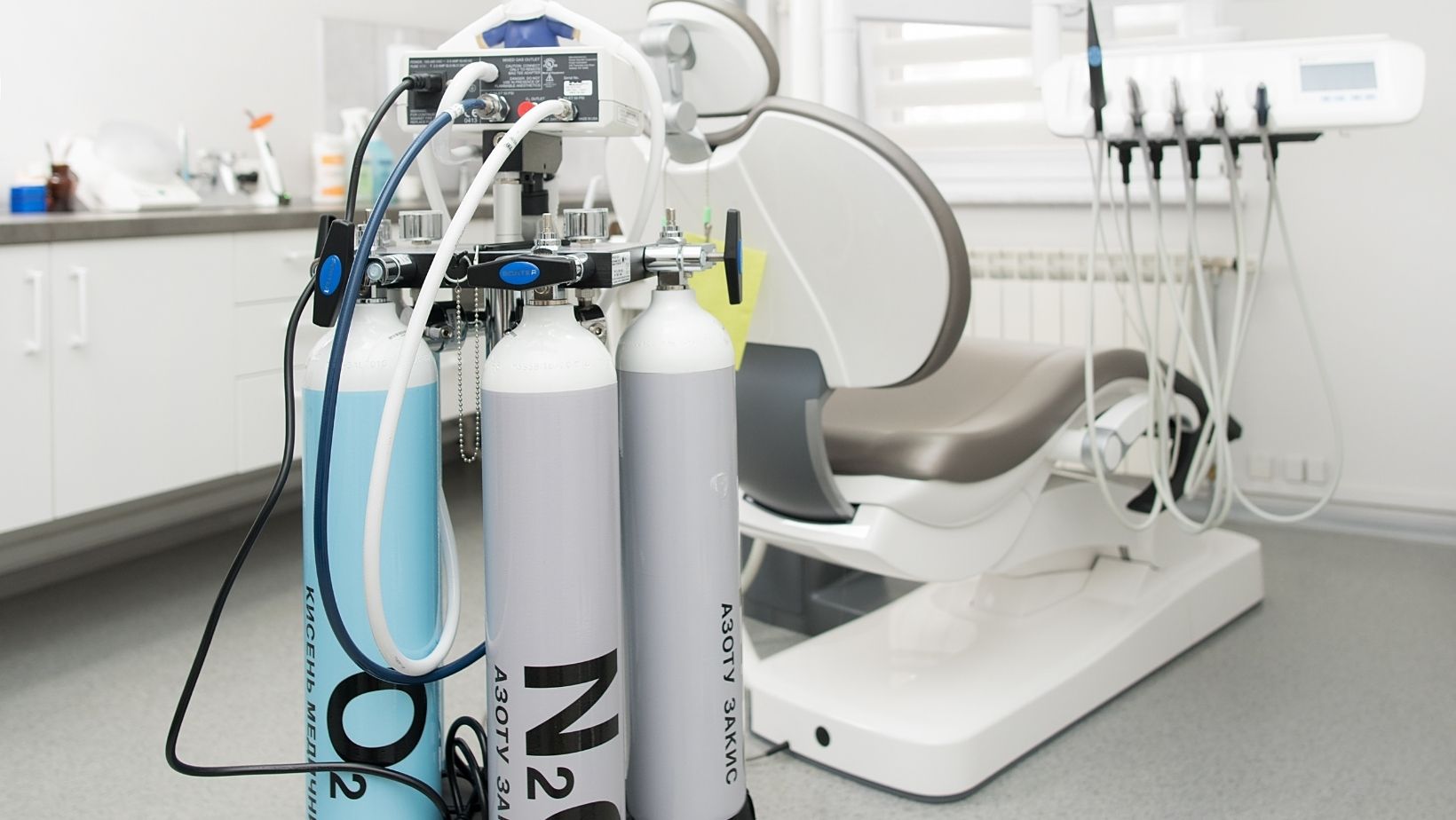
Most of us take breathing for granted until we struggle for each precious breath. For individuals with respiratory conditions, this struggle is a daily reality. Stationary oxygen concentrators have become indispensable devices, providing a lifeline to those needing constant oxygen supply in the comfort of their homes. However, selecting the right one can be daunting, akin to finding the perfect piece in a complex puzzle. In this blog, we’ll help you choose the suitable home oxygen concentrator so you can breathe easier and live your best life.
Prescription and Oxygen Needs
Before you start shopping for a stationary oxygen concentrator, it’s crucial to consult your healthcare provider. They will assess your oxygen needs and provide a prescription outlining the specific flow rate and oxygen purity you require. This prescription will serve as a reference point for selecting the appropriate concentrator.
Oxygen Purity
The oxygen purity or concentration level is a crucial factor to consider. Most stationary oxygen concentrators deliver oxygen at concentrations of 87-96%. Ensure that the concentrator you choose meets your prescribed oxygen purity requirements. Higher oxygen purity may be necessary for severe respiratory conditions.
Flow Rate
The flow rate determines how much oxygen the concentrator can deliver per minute, typically measured in liters per minute (LPM). Your healthcare provider will specify the required flow rate in your prescription. Make sure the concentrator you choose can provide this rate consistently. Remember that some models have adjustable flow rates, allowing you to adapt to changing needs.
Portability vs. Stationary
While portable oxygen concentrators offer mobility, stationary ones are designed for home use and provide a continuous oxygen supply.
A stationary concentrator is the best choice if you primarily need oxygen at home. They are more durable and capable of running 24/7, making them suitable for round-the-clock use.
Noise Level
Consider the noise level of the concentrator, especially if you plan to use it in shared living spaces. Some models are quieter than others, and noise levels are typically measured in decibels (dB). Look for a more modest model if noise is a concern for you.
Size and Weight
Stationary oxygen concentrators come in various sizes and weights. Ensure that the unit you select fits comfortably in your designated space at home. Some models have a compact design, while others are bulkier. Measure the available space and consider the device’s dimensions before purchasing.
Power Source and Backup
Stationary oxygen concentrators are designed to run on standard household electrical outlets. However, it’s essential to consider backup power options, such as battery packs or generators, in case of power outages. In an emergency, a dependable backup power supply can prove lifesaving.
Maintenance and Warranty
Choose a model with a reputable manufacturer with a good warranty and customer support. Regular maintenance may be necessary to ensure the concentrator’s longevity and peak performance, so consider the cost and availability of servicing.
Budget Considerations
Stationary oxygen concentrators vary in price, with factors like brand, features, and oxygen output influencing the cost. At the same time, finding a device that meets your needs, considering your budget, and exploring financing options or insurance coverage if necessary is essential.
How Do I Choose the Right Oxygen Flow Rate?
Choosing the right oxygen flow rate is crucial to using an oxygen concentrator safely and effectively. Your healthcare provider prescribes the oxygen flow rate based on your medical condition and needs. Here are the steps to determine the correct oxygen flow rate for you:
Consult Your Healthcare Provider
Your journey begins with a consultation with your healthcare provider, such as your pulmonologist, respiratory therapist, or primary care physician. They will assess your medical condition, oxygen saturation levels, and overall health to determine your oxygen requirements.
Pulse Oximetry
Your provider may use a pulse oximeter to measure your oxygen saturation (SpO2) levels. This non-invasive device clips onto your fingertip and provides a numerical reading of your blood oxygen levels.
Arterial Blood Gas (ABG) Test
Sometimes, your healthcare provider may order an arterial blood gas test to assess your oxygen levels more accurately. This test involves drawing blood from an artery, generally in the wrist.
Clinical Assessment
Your doctor will determine your oxygen flow after reviewing your medical history, conducting a physical exam, and assessing the results of any ABG or pulse oximetry tests.
Prescription
Based on their assessment, your healthcare provider will issue a prescription that specifies the oxygen flow rate you should use. Common flow rates typically range from 1 to 10 liters per minute (LPM).
Selecting the Concentrator
Once you have a prescription, select a stationary oxygen concentrator that delivers the prescribed flow rate. Ensure that the concentrator you choose can meet or exceed this flow rate.
How Loud Are Stationary Oxygen Concentrators?
The noise level of stationary oxygen concentrators varies depending on the type and model; therefore, it’s critical to consider it while selecting one for home use. Here’s a general guideline:
Decibel Levels
Stationary oxygen concentrators typically produce noise in the 40 to 60 decibels (dB) range. Some may be quieter, while others may be louder.
Comparison
To put this in perspective, a typical conversation between people ranges from 60 to 70 dB. In comparison, a whisper may be around 20 to 30 dB. So, most stationary concentrators fall within the range of typical conversation noise.
Quiet Models
Some manufacturers produce quieter models to minimize noise. These units are often marketed as “whisper-quiet” or “ultra-quiet.”
Location Matters
The noise may be more noticeable if the concentrator is placed in a small room or near where you sleep. Putting the concentrator in a well-ventilated area, away from the sleeping area, can help reduce the impact of the noise.
Variable Noise Levels
The noise level of a stationary oxygen concentrator can vary depending on factors like the concentrator’s age, maintenance, and the technology used by the manufacturer.
Final Thoughts
Choosing the appropriate stationary oxygen concentrator for home use is a significant decision that can significantly impact your quality of life. By consulting your healthcare provider, considering factors like oxygen purity, flow rate, noise level, and size, and researching reliable manufacturers, you can make an informed choice that best suits your needs. Remember that your health and comfort are paramount, so invest the time and effort required to find the perfect stationary oxygen concentrator for your home.















